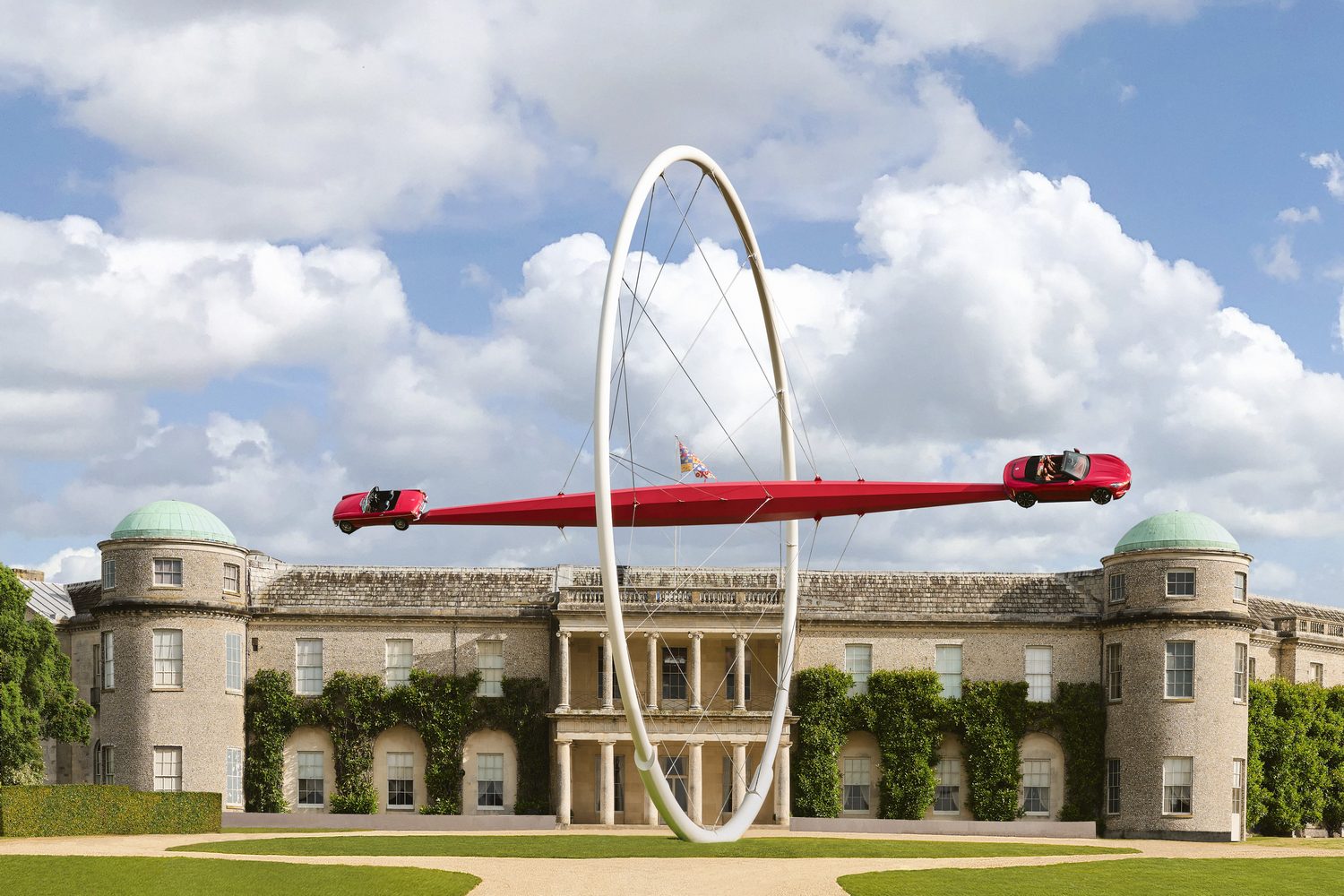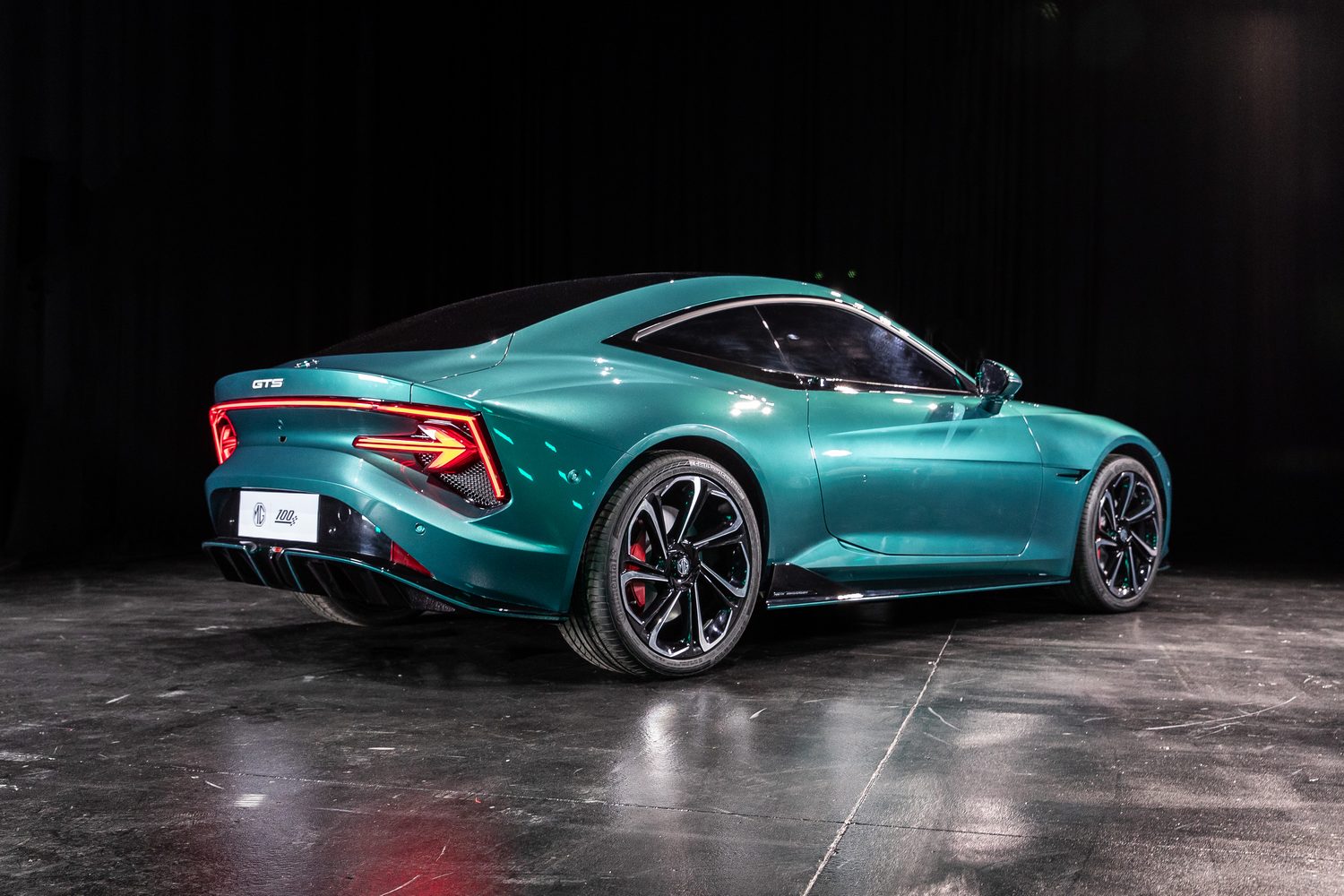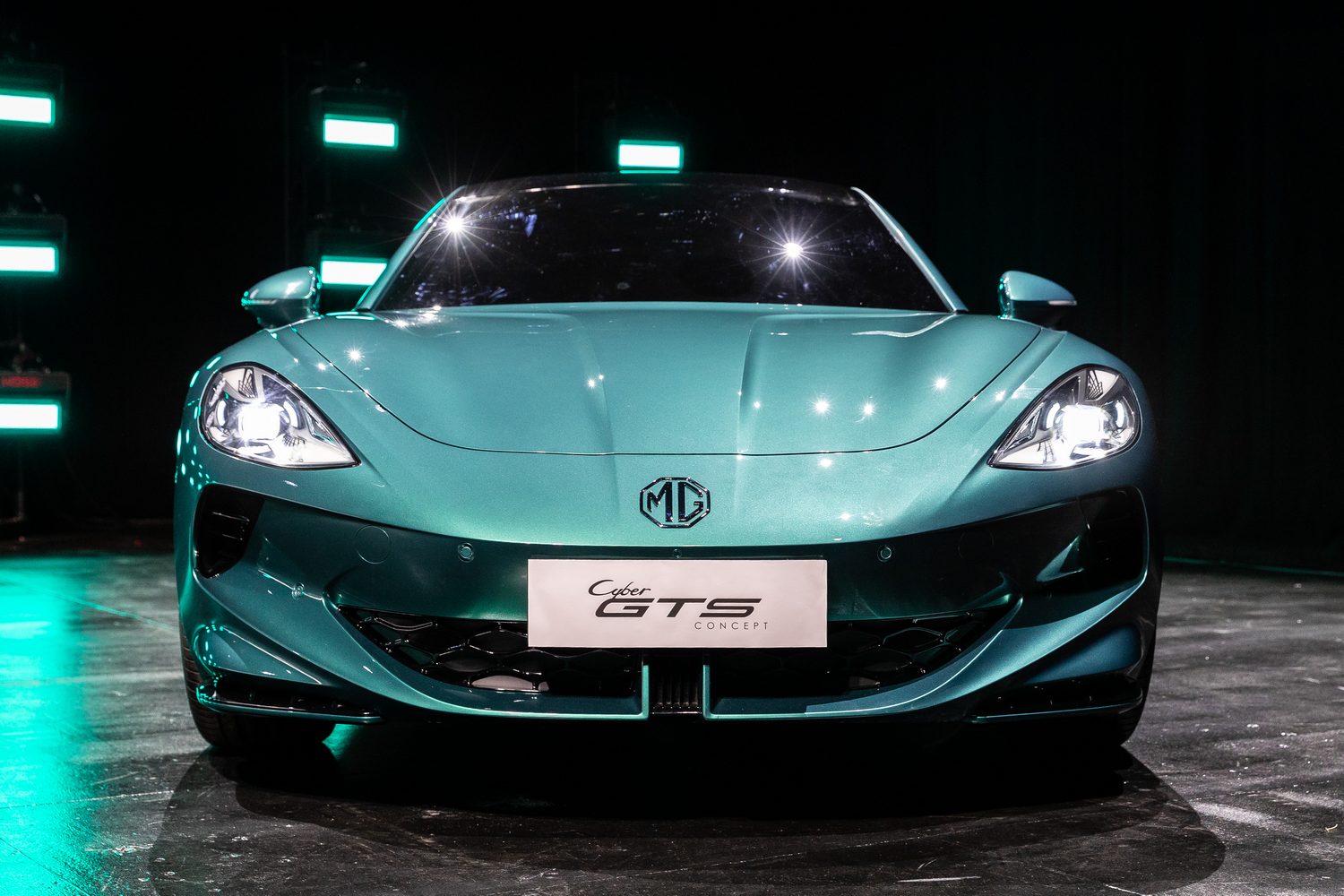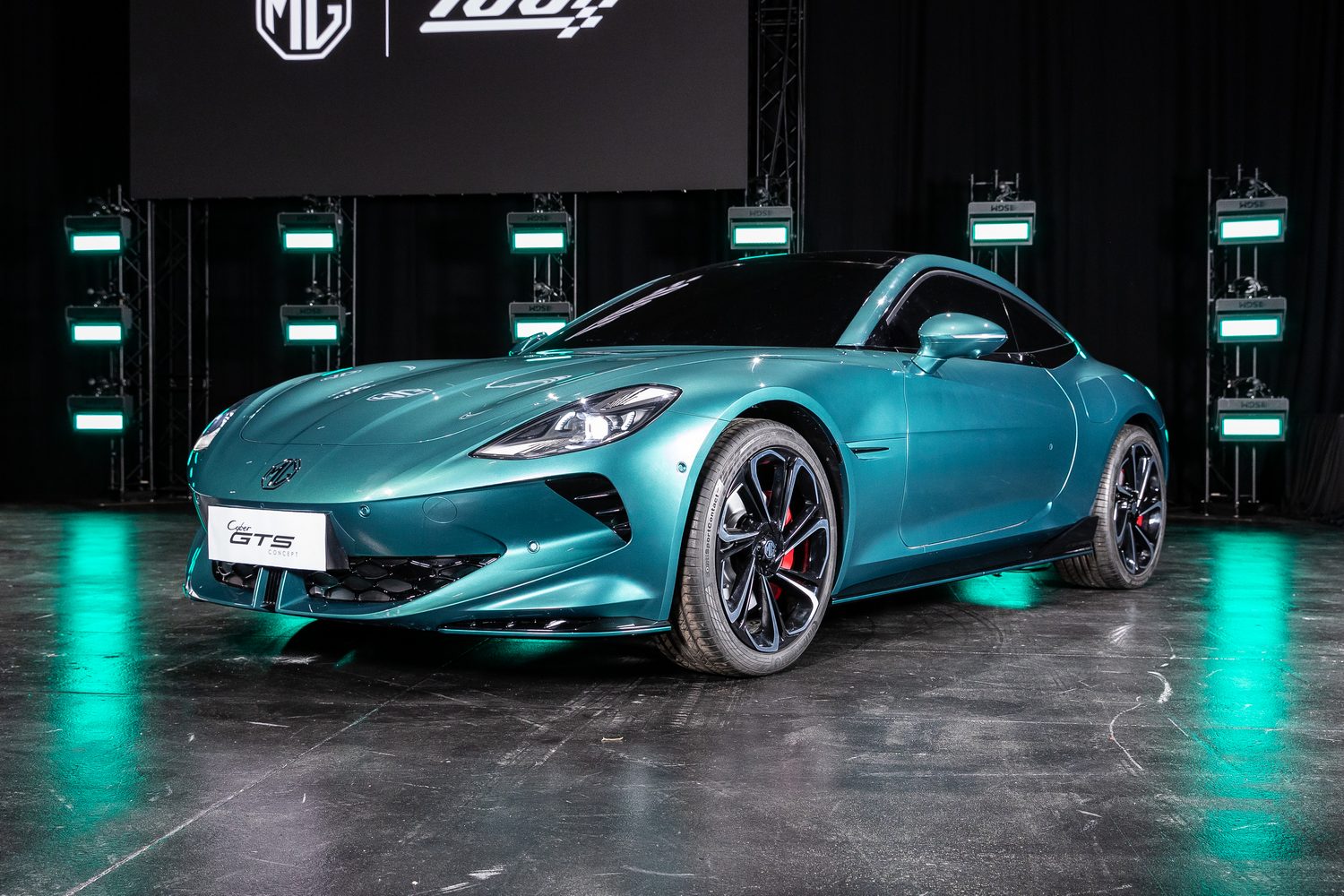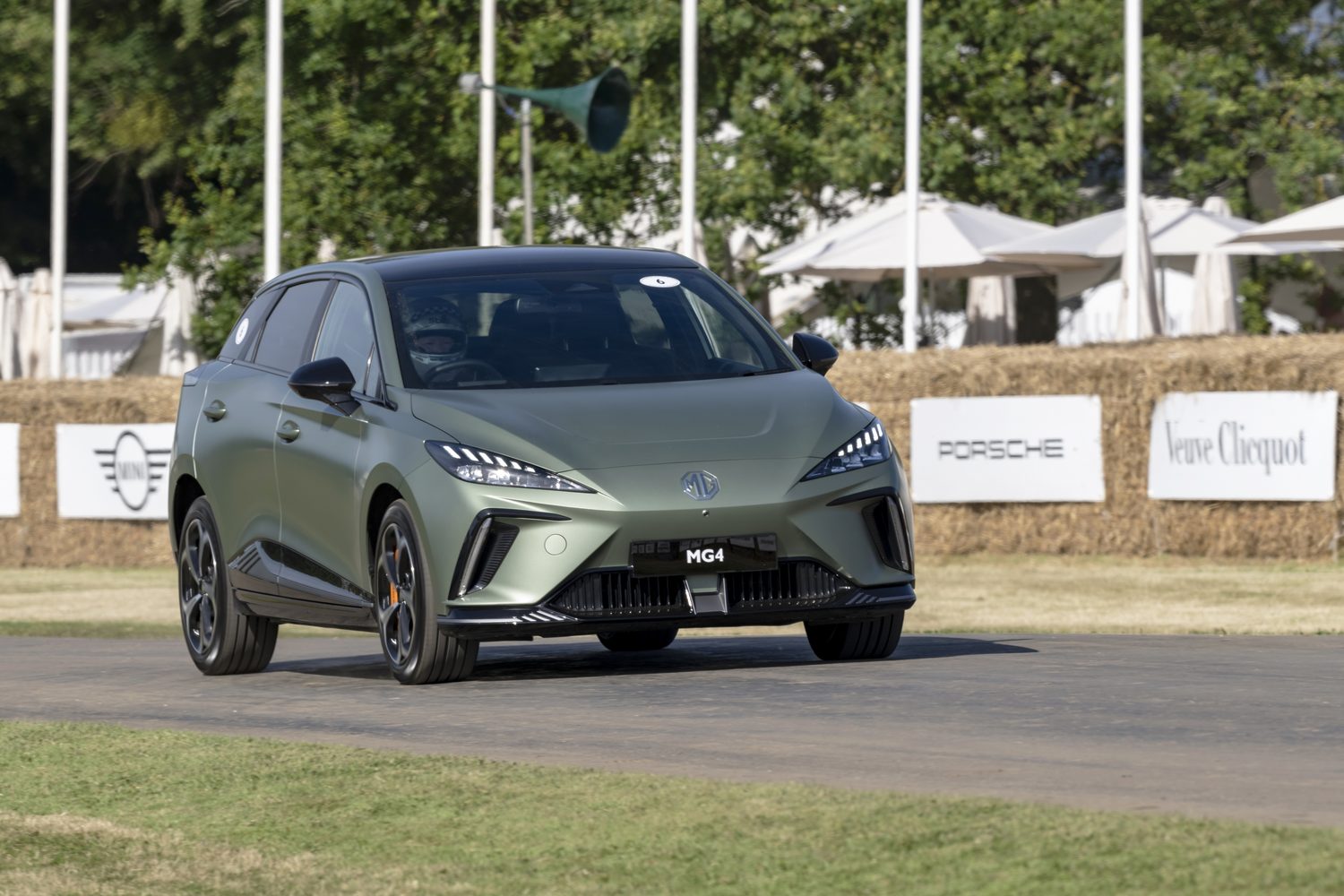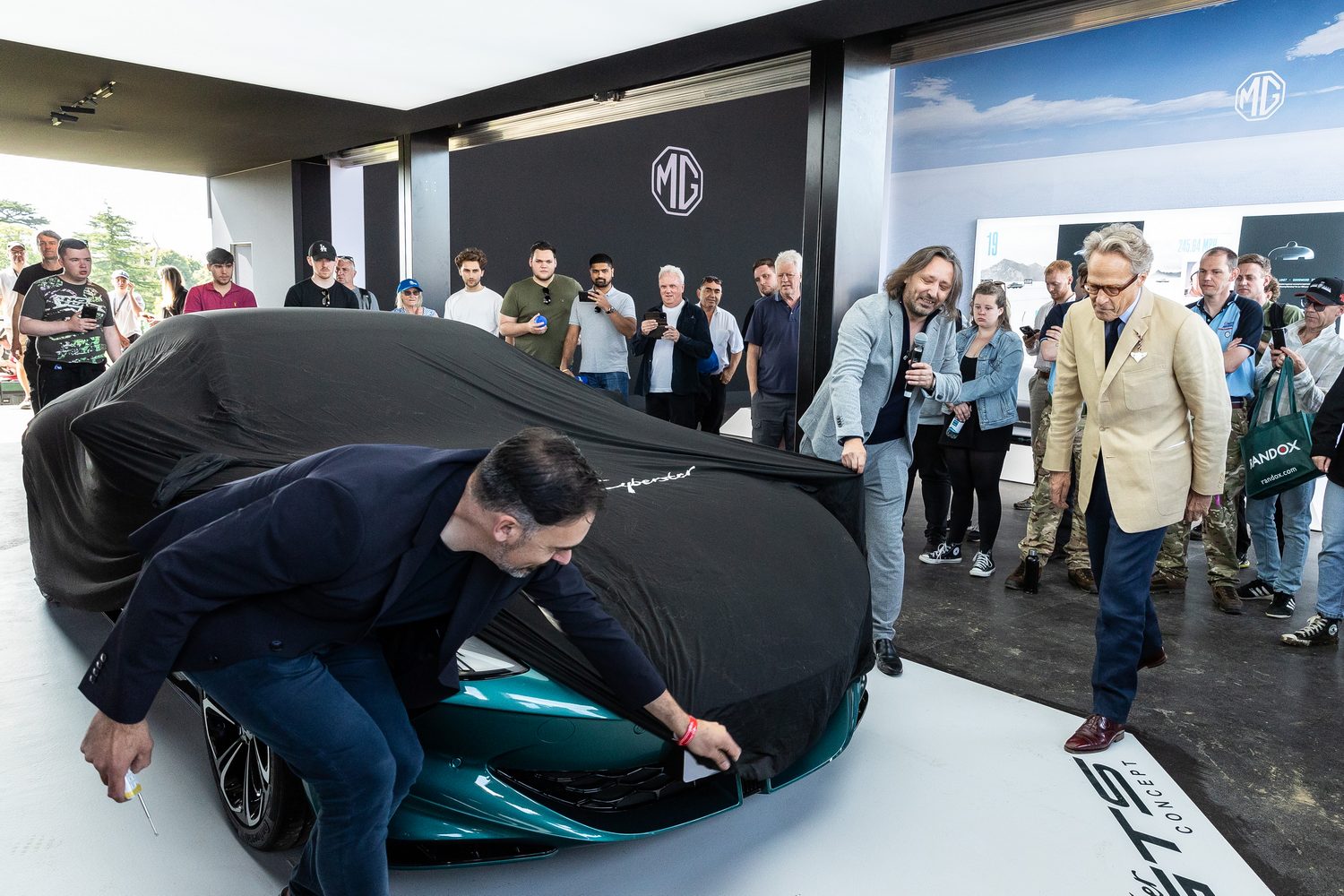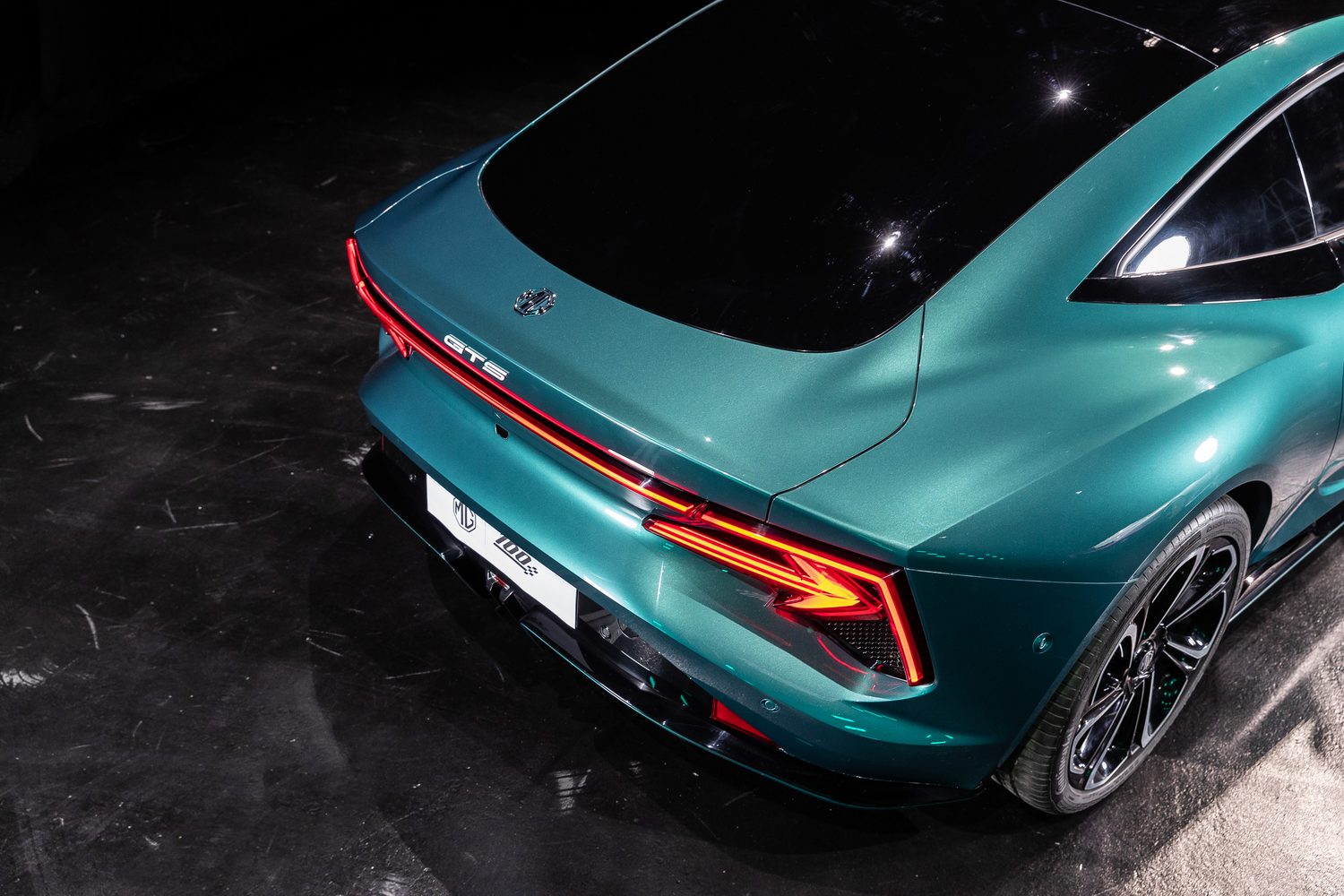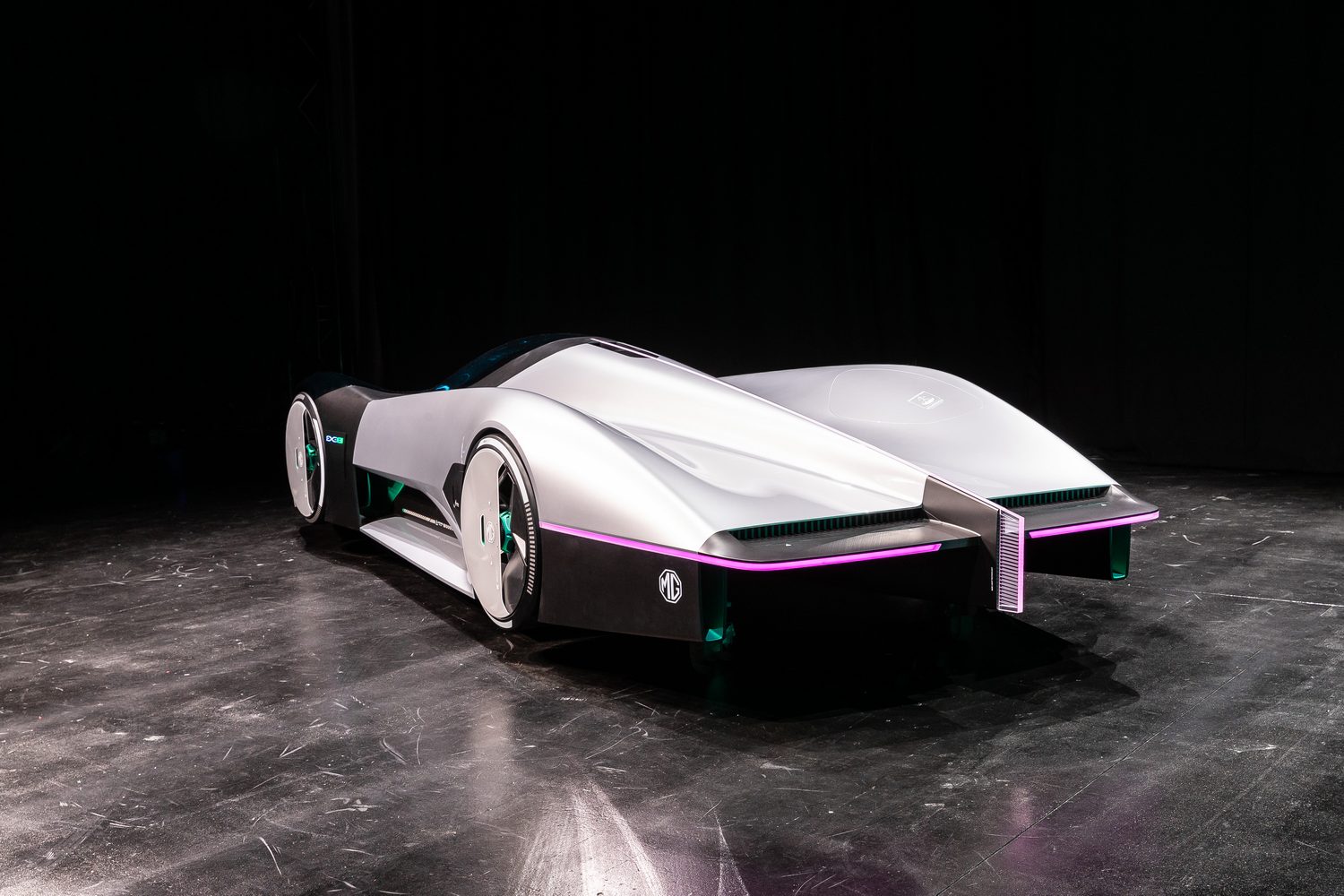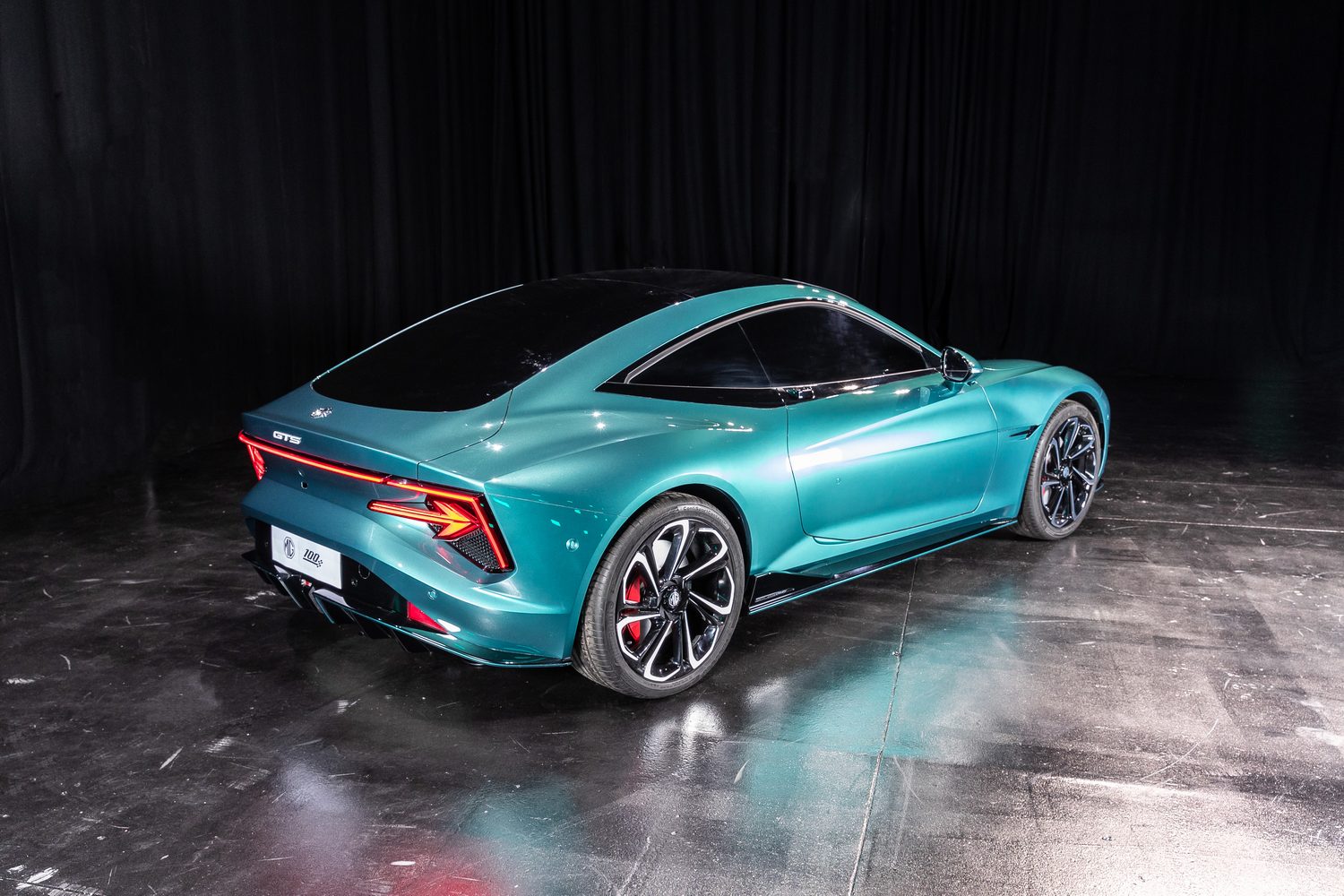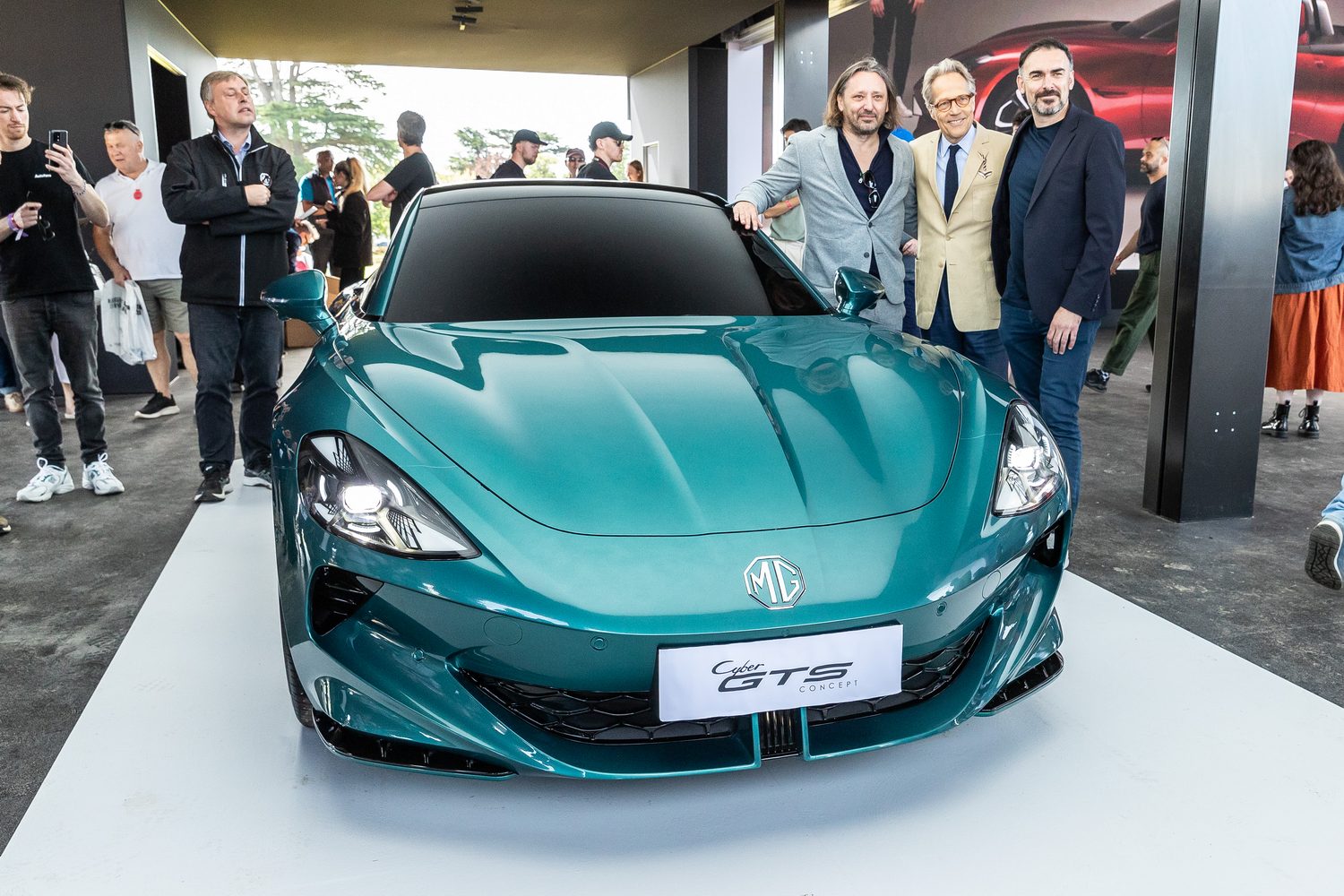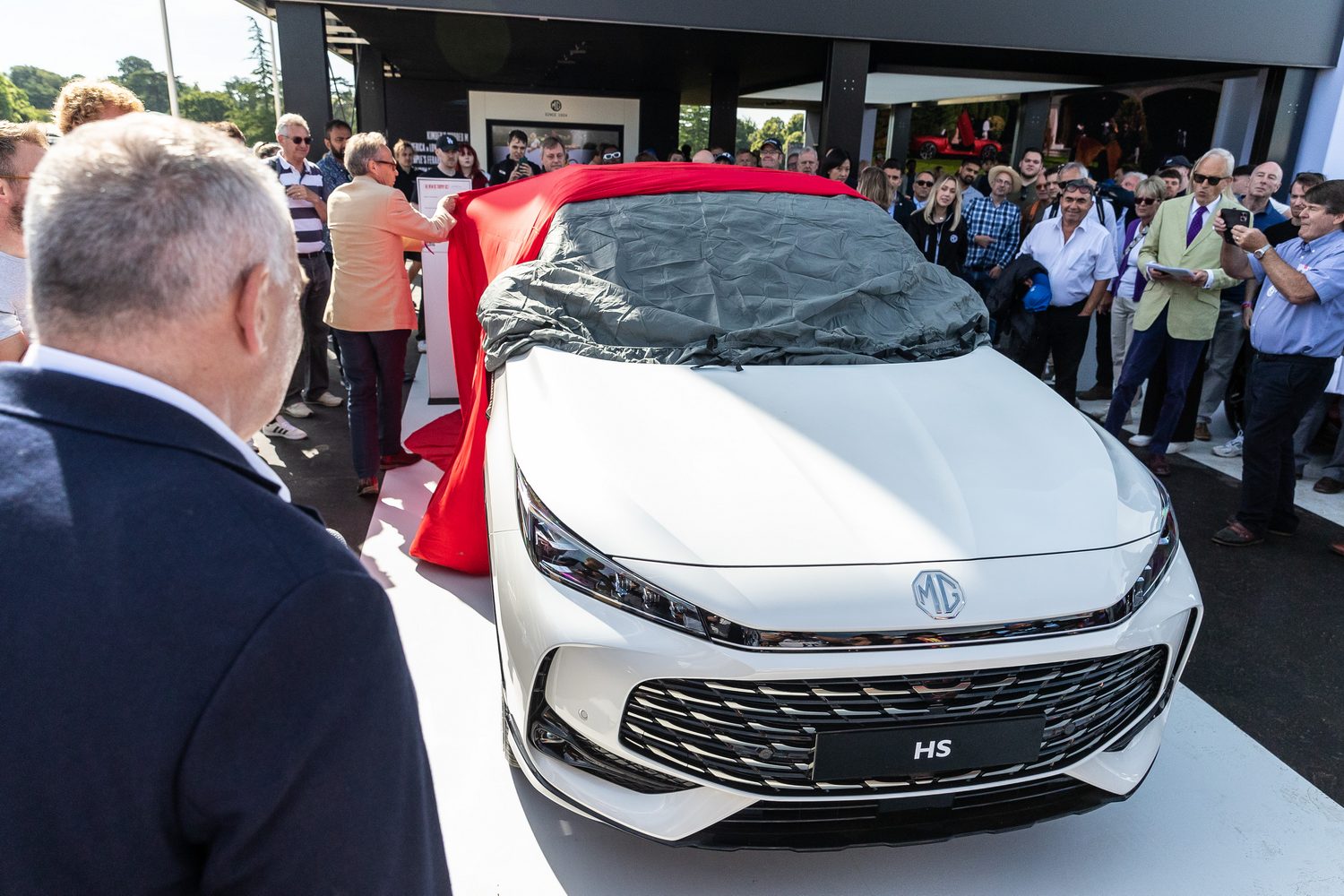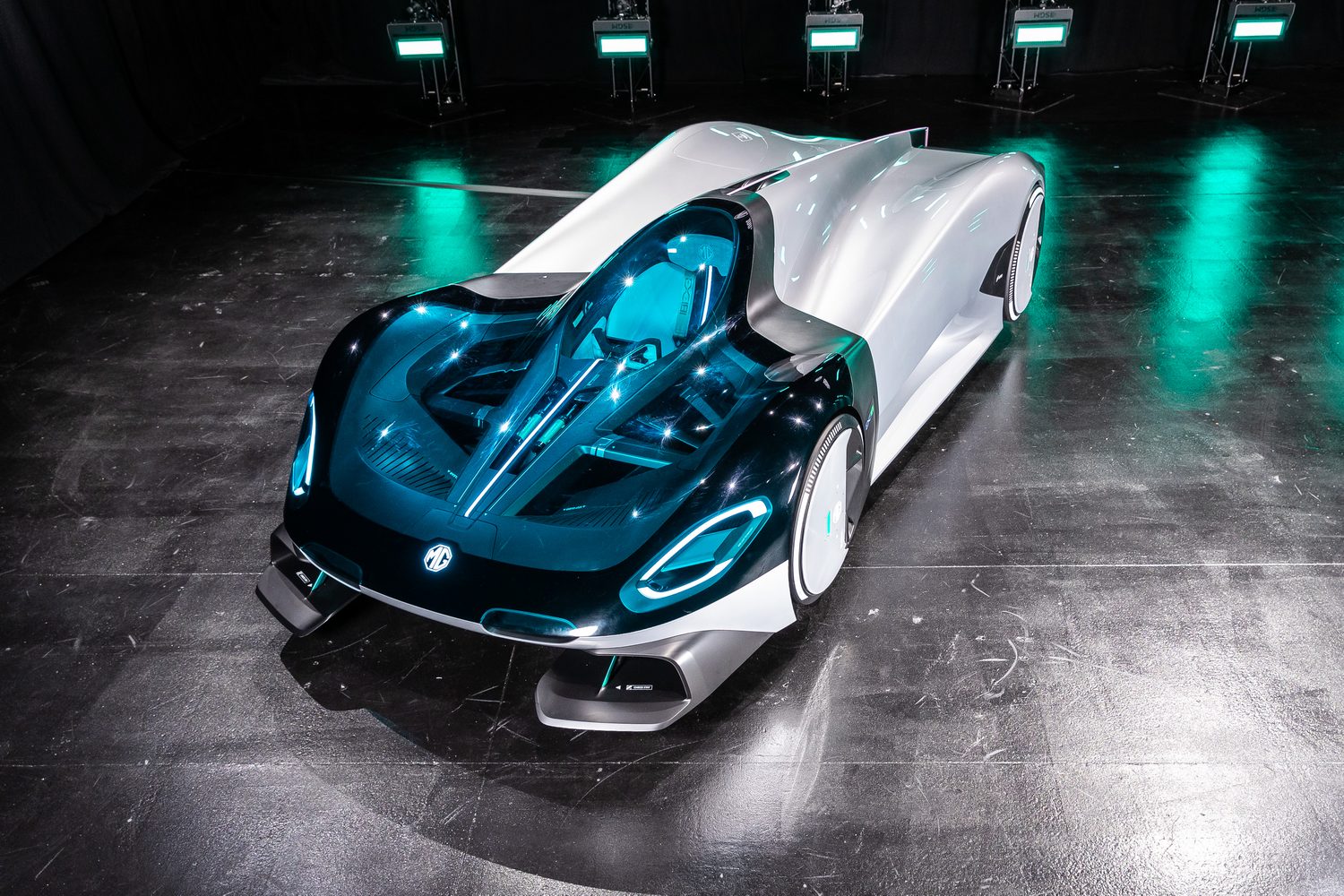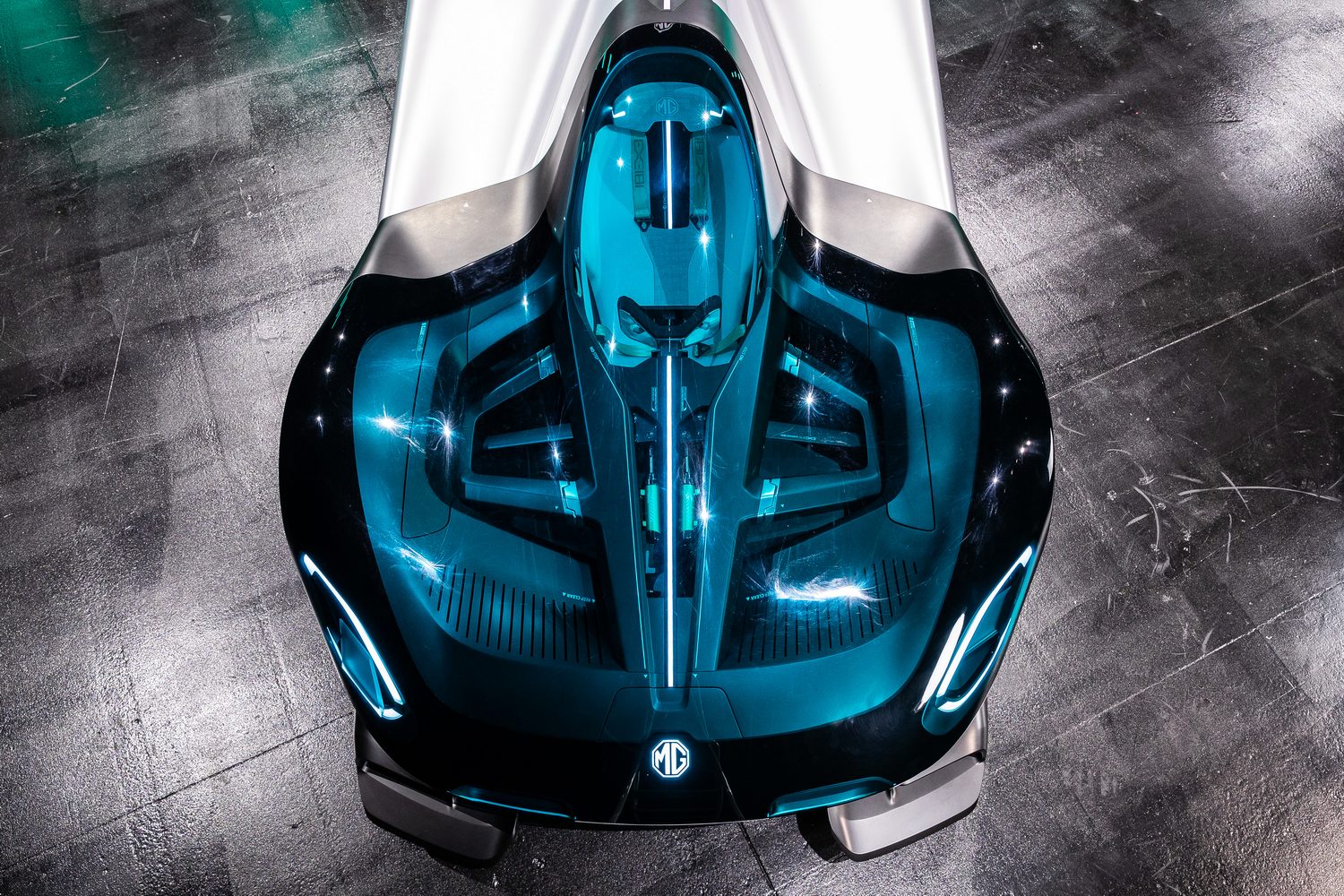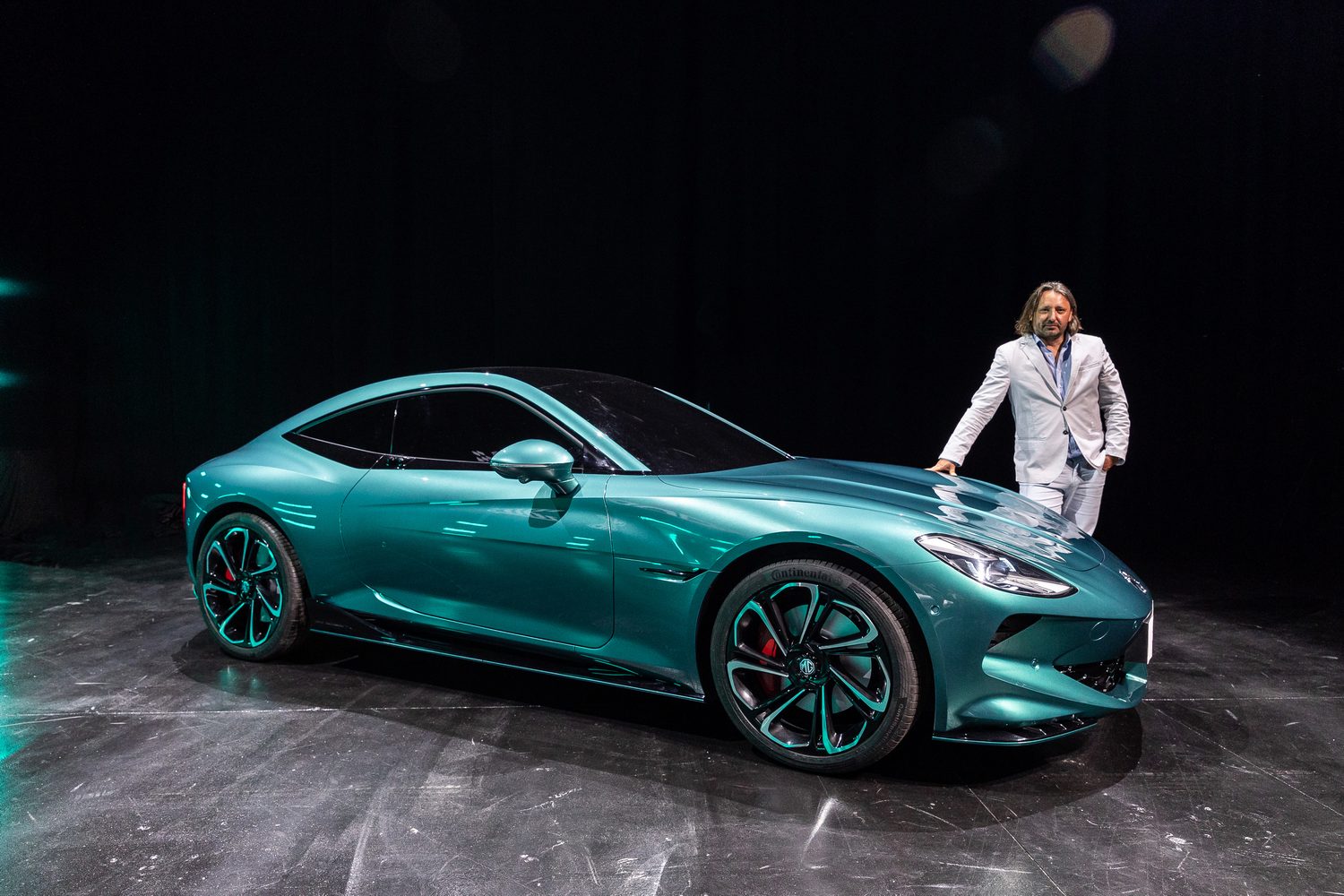MG has taken the covers off the Cyber GTS Concept, said to be an homage to a factory racer from the 1960s called the MGC GTS Sebring, but which in fact is probably more easily described as a forthcoming coupe version of the Cyberster electric roadster.
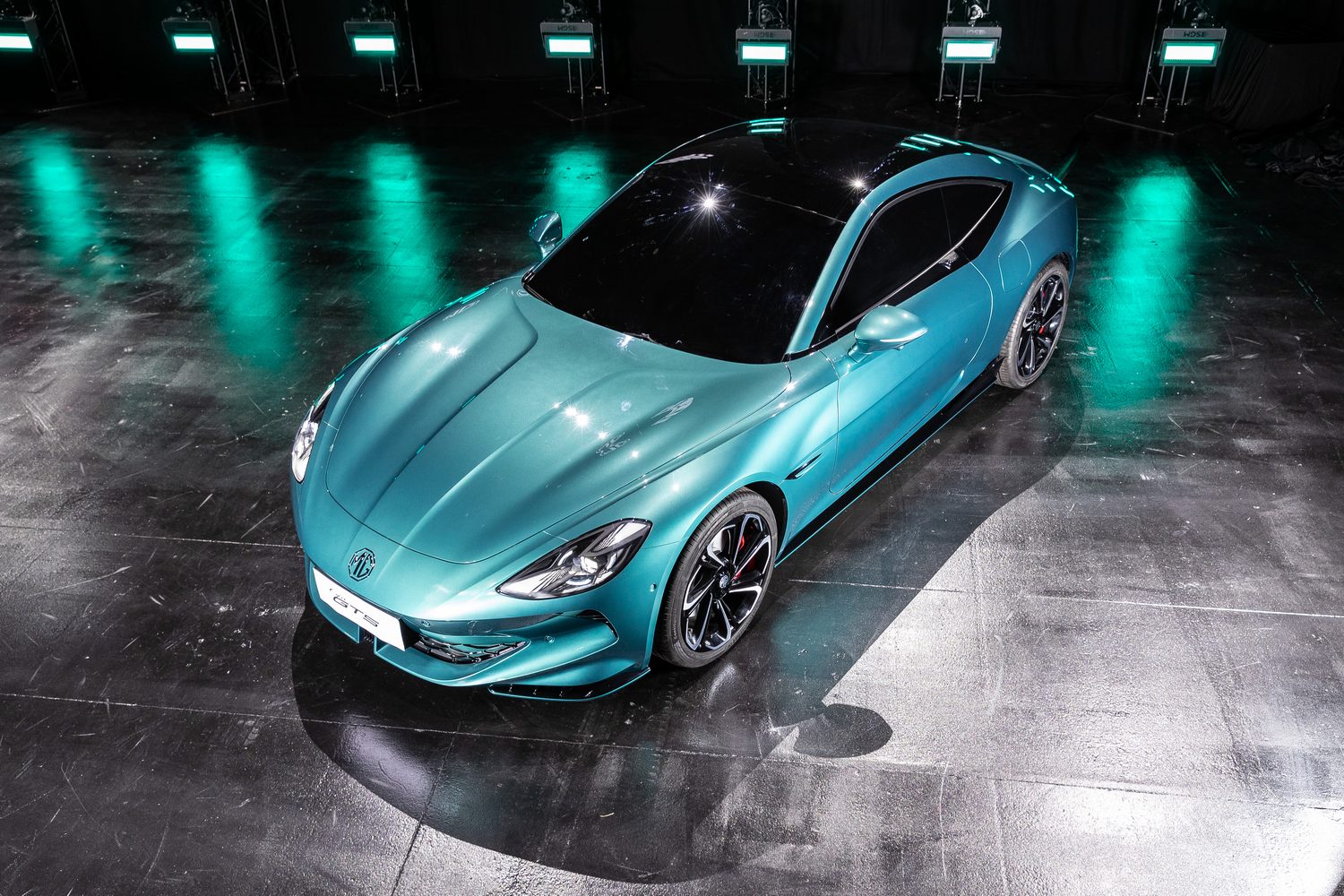
Excellent, so kind of like an electric Alpine A110 rival?
Yes, sort of. At this stage, we don’t know an awful lot about the Cyber GTS Concept’s powertrain, but you can take a reasonable guess that it will have the same two output options as the Cyberster (so either 250- or 375kW motors, which in turn means 340- or 510hp), as well as 64- and 77kWh battery packs with up to 485km of driving range. That means the former, a single-motor model, would be rear-wheel drive, while the 510hp derivative would be four-wheel drive.
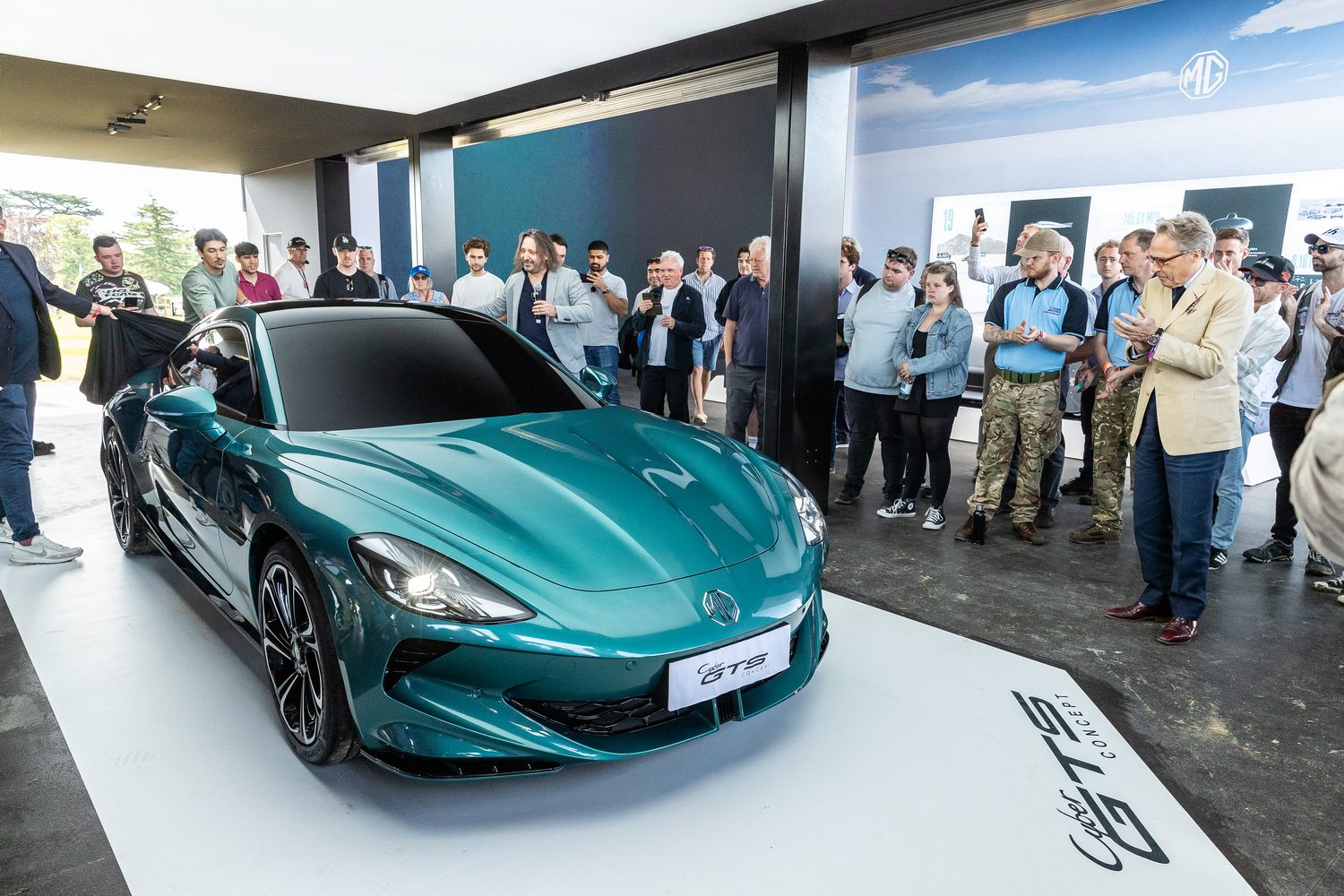
MG has been coy about other details, not even showing the interior of the Cyber GTS Concept off at the Goodwood Festival of Speed - where the car was revealed and where MG, celebrating its 100th anniversary this year, is the featured marque of the event - but at least admitting the coupe was a 2+2 inside, rather than a pure two-seater.
And that’s all you can tell us about the MG Cyber GTS Concept?
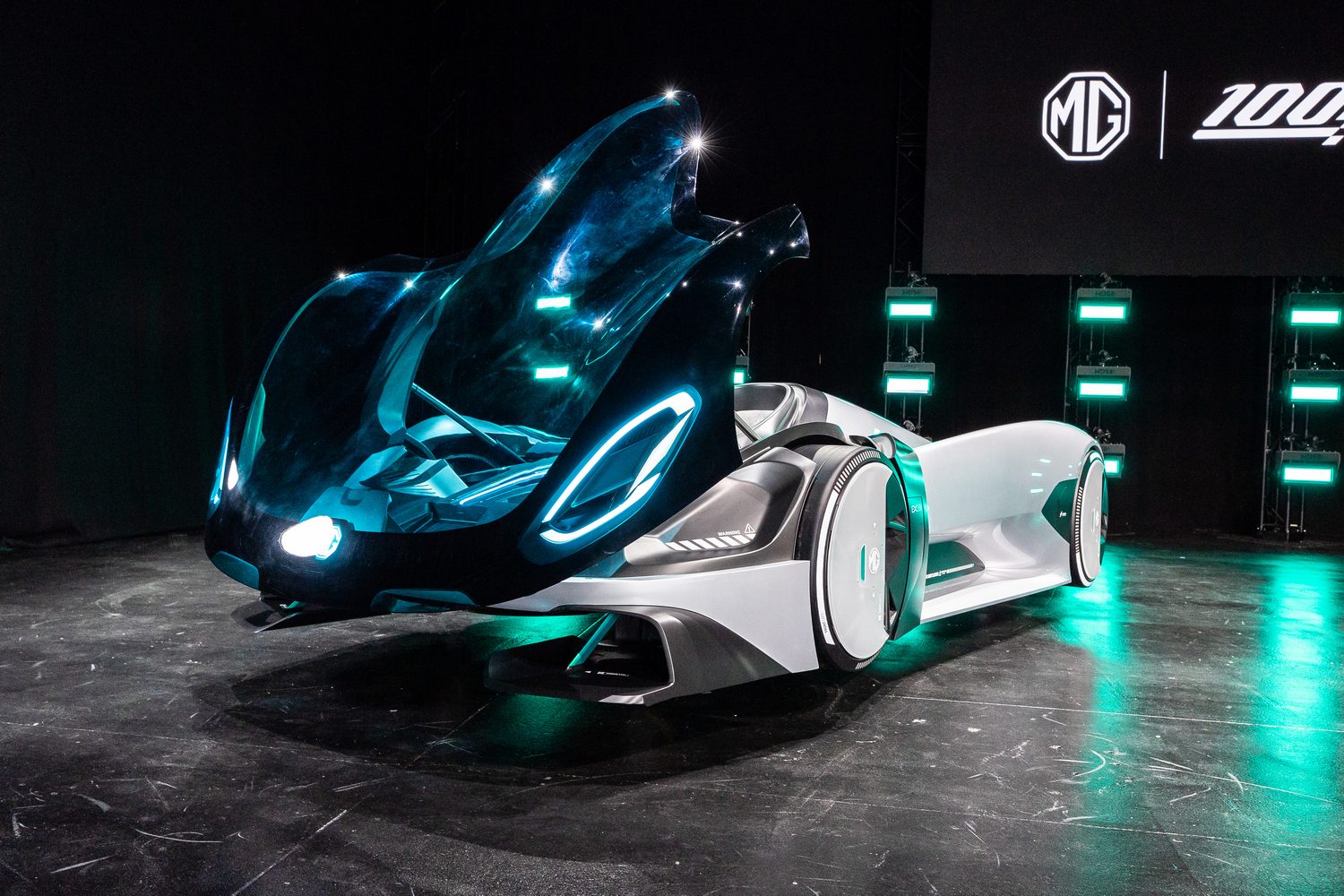
Regrettably so, but it was a busy event for MG otherwise. Alongside the GTS were the new HS SUV, as well as the EXE181. This dramatic-looking creation was inspired by the MG EX181, which set a range of small-engine records in 1957 and again in 1959, and it also took the land-speed record in 1957 at the Bonneville Salt Flats, when Sir Stirling Moss and Phil Hill secured the Class F world record at the time with a speed of 395.31km/h.
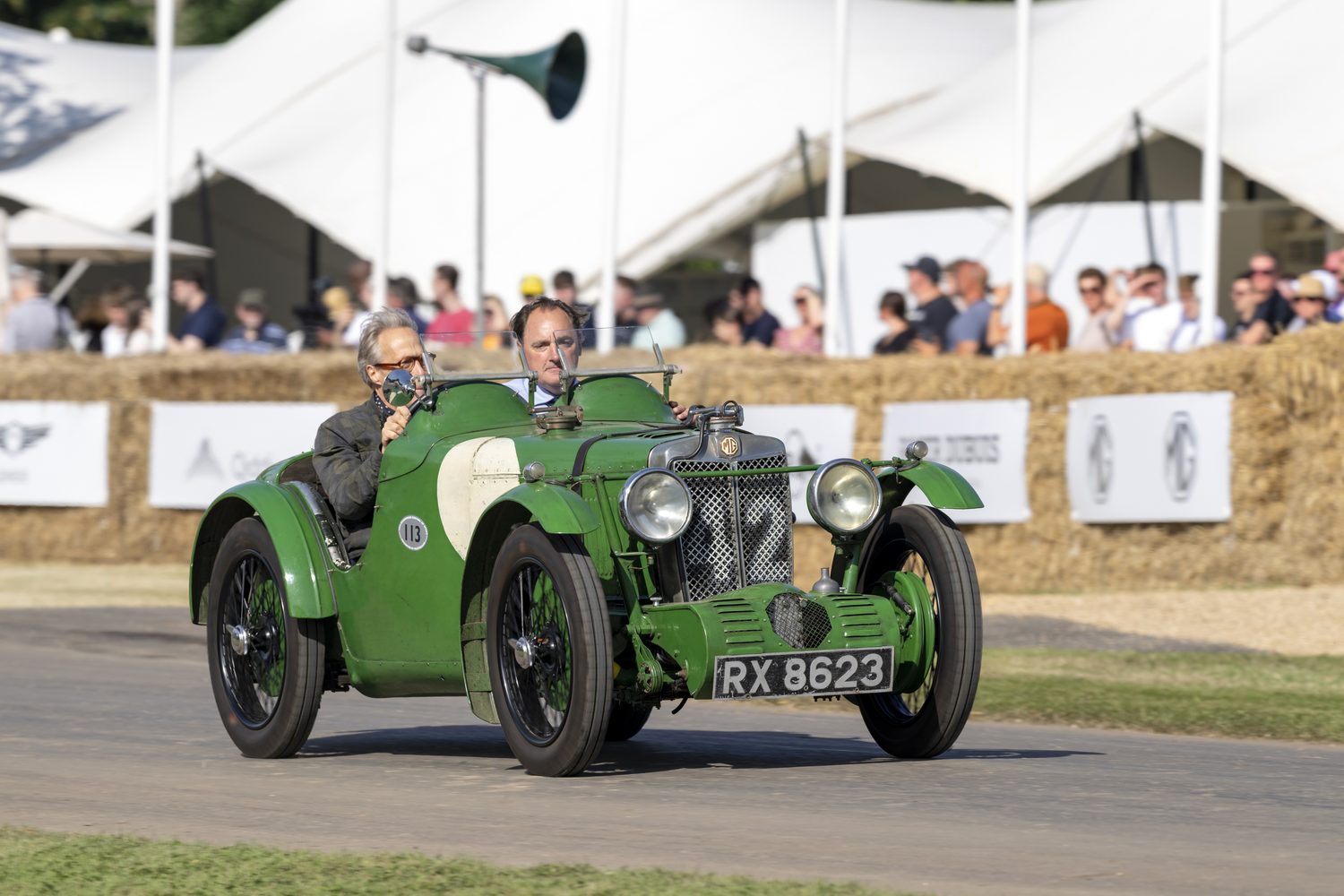
That older car was known as the ‘Roaring Raindrop’ and had a 1.5-litre MGA Twin Cam engine fitted with a Shorrock supercharger and twin SU carburettors, making around 290hp at the time. So, to that end MG’s design team - led by Carl Gotham - reimagined the EX181 as what an all-electric MG land-speed-record challenger might look like today, hence the extra ‘E’ in the EXE181’s name. The newer machine shares much of the original design features, including a central spine, the compact single-seat cabin, lack of shut lines and an open canopy. All of that leads to an incredibly slippery shape with a 0.181 coefficient of drag aerodynamics figure.
MG’s place as the celebrated marque at the Festival of Speed includes a sculpture by Gerry Judah outside the Goodwood House, which incorporates a Cyberster and an old MGB, while the show was opened by the Duke of Richmond driving his grandfather’s MG C-Type race car which competed at the Brooklands Double 12 in 1931. Other MGs at the show included an MGA Le Mans, the MGC GTS Sebring which inspired the Cyber GTS Concept, and a mega Metro 6R4.
